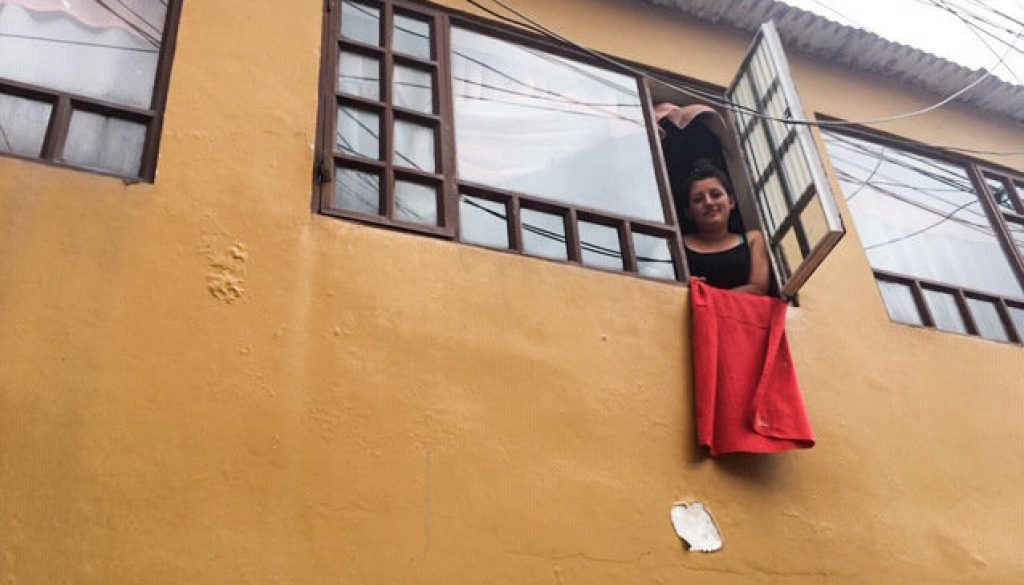Colombia: Red flags on windows spread across country as the most vulnerable protest
On March 12, the Colombian government decreed a health emergency due to COVID-19. The national mandatory quarantine went into effect on March 24 and was the strictest in Latin America up to that date. The measures were extended several times, the latest one being on June 30.
From the start of the quarantine, workers in the informal sector have protested the government measures that decimated their source of income and have demanded financial support. On March 21, inmates from prisons around the country protested the overcrowded conditions and lack of preventative health measures. After a riot broke out in the prison La Modelo in Bogota, 23 inmates were killed in circumstances that family members say have not been investigated.
At the start of April, people began placing red cloths on their windows to indicate a need for food and other supplies. The red flags have extended nationwide, but many question their effectiveness, saying they have not received any aid. Other colored cloth – black meaning some form of violence suffered in the home, blue asking for medical help – have allowed Colombians to respect the lockdown while asking for urgent help. As the quarantine lengthened, a diverse array of demonstrators have come to the streets: from hospital staff demanding unpaid wages, to Venezuelan migrants seeking to return home, to members of the Wayuu indigenous communities protesting the way authorities handled the bodies of their loved ones. In rural areas, police have intervened to stop roadblocks, while poor neighborhoods in cities keep protesting the lack of aid and gather crowds that defy the prohibition of large gatherings.
Pic: John Otis/NPR
(Labelled for non-commercial re-use.)

